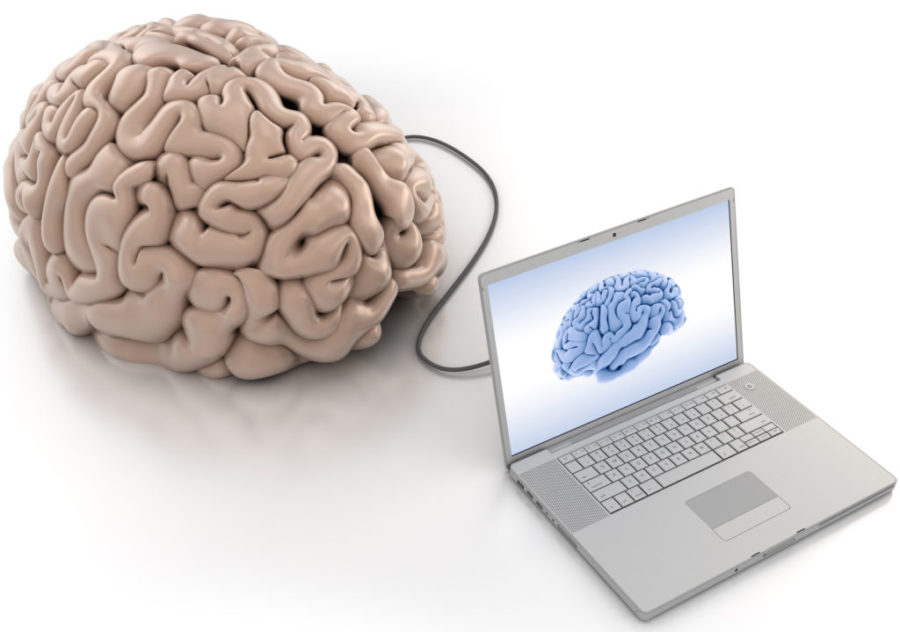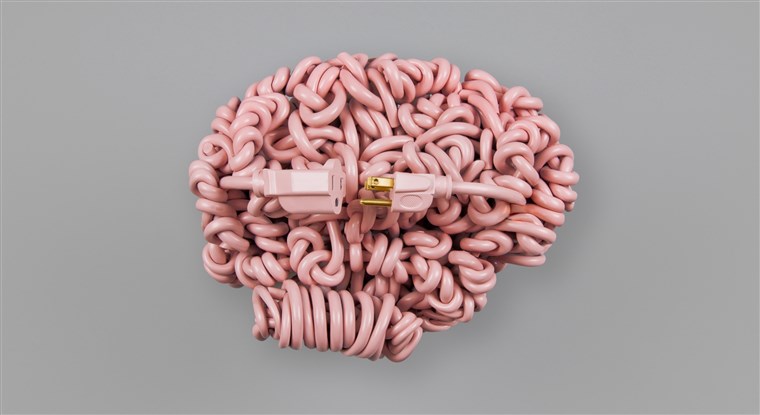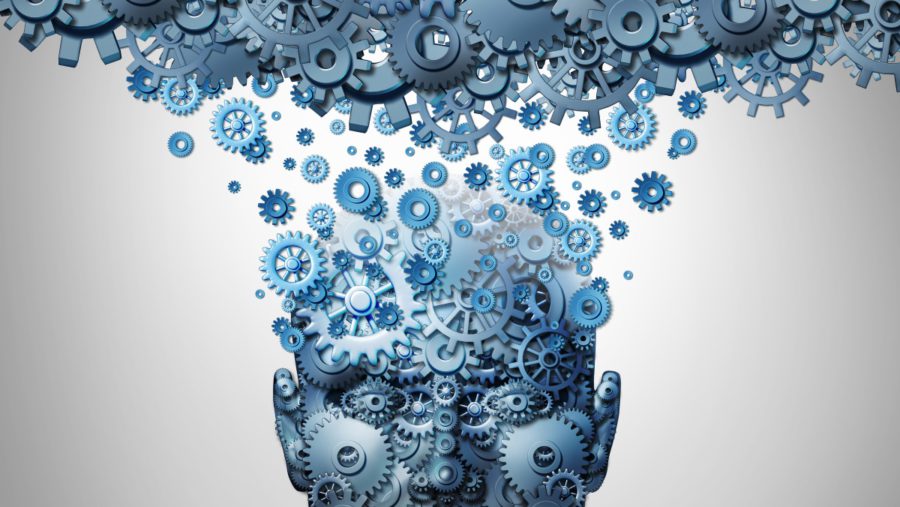How outdated views of the mind are gradually leading to a movement towards the digitalization of our brain …

Original material by Jane Williamson-Lee
Many people set aside some of their life insurance coverage for a chance to outsmart death. They entrust their bodies (or, in some cases, their heads) to Alcor, which specializes in cryonically preserving human bodies in order to prevent death and bring the wearer back to consciousness as soon as future technology can restore his health and integrate him into society. Those who choose the head-only option face a different fate: their brains may be scanned and loaded into a machine that is much more powerful and functional than the human body.

Many people set aside some of their life insurance coverage for a chance to outsmart death. They entrust their bodies (or, in some cases, their heads) to Alcor, which specializes in cryonically preserving human bodies in order to prevent death and bring the wearer back to consciousness as soon as future technology can restore his health and integrate him into society. Those who choose the head-only option face a different fate: their brains may be scanned and loaded into a machine that is much more powerful and functional than the human body.
Modifying our bodies will also improve our cognitive abilities. Ray Kurzweil, an avid proponent of mind uploading, believes that “emulating the human brain on an electronic system will work much faster than a biological brain.” Activists predict that the procedure will require scanning all of the brain's contents with high-resolution microscopic sensors to create a three-dimensional map (connectome) of the brain and then translate it into neural code for processing by a new machine.
This begs one question: will scanning the brain exclusively for the information it contains create a complete picture of our consciousness? Before thinking about whether the extracted information will be a simulation of our mind, it is worth talking about this: why is only the brain scanned?

Those who want to unload their brains are not averse to giving up their bodies, but is that wise? Axiom in this vision of the mind is the postulate that intelligence and intelligence are independent of the body and its limitations. The look at the disembodied mind has been familiar to us since ancient times. Plato believed that 'the body is confusing, because of it we find ourselves unable to comprehend the truth' ('Phaedo', 360 BC). Today, this approach resonates with cultural beliefs around unloading the brain as technological geniuses work on how to extract the mind from the body.
This widely accepted approach has remained unshakable for centuries, despite the absence of any evidence base. On the other hand, modern theories of the mind recognize the body as an important factor in shaping our psychology. Daniel Casasanto, an expert in the psychology of thought regulation, writes: “The body is an invariable part of the context in which we use our mind, and therefore it has a great influence on our neurocognitive activity that constitutes our thoughts.” In fact, many of the conceptual structures of our thinking are generated precisely by the body, including how we understand and perceive abstract concepts (numbers and meanings, time and morality) that we cannot sense. And given how incorporeal experience affects thinking, we can say that different bodies will define thinking in different ways. For example, right-handers and left-handers, when performing the same tasks, give absolutely polar judgments about the same objects and create systematically different mental images. Based on the dominance of a given hand, Casasanto found surprising cognitive differences. Imagine how new bodily traits acquired through technology will allow us to radically diversify our thinking, which is the highest cognitive improvement.

Of course, the bodily aspects of our consciousness complicate the scheme of its unloading, namely the procedure itself, because scanning only the brain will not give a complete image of consciousness. What raises great doubts is the fact that the ideologues of high technology easily turn a blind eye to modern neuroscience. The process of unloading the brain itself has been criticized for the fact that we have not yet learned to understand the contents of the mind at that level to start trying to simulate it. Rather than acknowledging this as a major deterrent, Anders Sandberg and Nick Bostrom responded to the criticism by observing that building a database of the unstructured contents of an individual's brain and translating it into a form readable on a computer would reduce the need to understand the brain. to zero. They write: “All this is already realizable, we can gain complete knowledge of the components and interactions in the brain without an excursion into how they 'produce' consciousness or intelligence.”
Despite the indifference of Sandberg and Bostrom, we need to be aware of biological realities if we are to carry them through technology. We must approach the possibility of brain simulation taking into account its relationship with the body. Rational thinking goes beyond reason. While we work to create the conditions for super-artificial intelligence to work, we need to make sure that our vision for improving the mind is not driven by outdated principles.
Original material by Jane Williamson-Lee
Such discussions will only intensify, because just the other day it became known about another bold project by Elon Musk: the Neuralink device, which, according to the idea, should create a communication interface between the brain and the computer. You can call it symbiosis or fusion of the human brain with a computer, but many already see this as one of the first signs of the coming transition of human consciousness to digital form.
Of course, no one at this stage is talking about uploading consciousness to an autonomous orbiting satellite with high-speed Internet and an invisibility field generator. But advances in technology may well inspire individual enthusiasts to create projects like Neuralink. However, most of these initiatives are more reminiscent of the plots of science fiction films than something empirically applicable and expedient.
